1. James D, Linda C, Levitch . How dentists classified and treated non-carious cervical lesions. J Am Dent Assoc. 124(5):46–54. 1993.
2. Bradley T, William B Hancock. Examining the prevalence and characteristics of abfraction like cervical lesions in a population of U.S. veterans. J Am Dent Assoc. 132(12):1694–1701. 2001.
3. Lee WC, Eakle WS. Stress-induced cervical lesions: Review of advances on the past 10 years. J Prosthet Dent. 75:487–494. 1996.
4. Grippo JO. Abfractions: A new classification of hard tissue lesions of teeth. J Esthet Dent. 3(1):14–19. 1991.

5. Gallien GS, Kaplan I, Owen BM. A review of noncari-ous dental cervical lesions. Compend Contin Educ Dent. 15(11):1366–1372. 1994.
6. Grippo JO, Schreiner S. Attrition, abrasion, corrosion and abfraction revisited-A new perspective on tooth surface lesion. J Am Dent Assoc. 135(8):1109–1117. 2004.
7. Rees JS, Hammadeh M. Undermining of enamel as a mechanism of abfraction lesion formation: a finite element study. Eur J Oral Sci. 112:347–352. 2004.

8. Radentz WH, Barnes GP, Cutright DE. A survey of factors possibly associated with cervical abrasion of tooth surface. J Periodontol. 47:148–154. 1976.
9. Kahn F, Young WG, Shahabi S, Daley TJ. Dental cervical lesions associated with occlusal erosion and attrition. Aust Dent J. 44:176–186. 1999.
10. Levitch LC, Bader JD, Shugars DA, Heymann HO. Non-carious cervical lesions. J Dent. 22:195–207. 1994.

11. Leinfelder KF. Restoration of abfracted lesions. Compend Contin Educ Dent. 15(4):1396–1400. 1994.
12. Park Jk, Hur B, Lee HJ. The effect of configuration on marginal leakage of class 5 restoration. J Kor Acad Cons Dent. 26(2):162–170. 2001.
13. Kuroe T, Itoh H, Caputo AA, Konuma M. Biomechanics of cervical tooth structure lesions and their restoration. Quint Int. 31(4):267–274. 2000.
14. Grippo JO. Noncarious cervical lesions: The decision to ignore or restore. J Esthet Dent. 4:118–132. 1992.

15. Litonjua LA, Andreana S, Patra AK, Cohen RE. An assessment of stress analyses in the theory of abfraction. Biomed Mater Eng. 14:311–321. 2004.
16. Rees JS, Jacobsen PH. The effect of cuspal flexure on a buccal Class V restoration: a finite element study. J Dent. 26(4):361–367. 1998.

17. Lindehe J, Karring T. Textbook of Clinical Periodontology. 2nd edition. Munksgaard;Copenhagen: p. p19–69. 1989.
18. Schroeder HE, Page RC. Periodontal Diseases. 2nd edition. Lea & Fabiger;Philadelphia: p. p 3–52. 1990.
19. Rubin C, Krishnamurthy N, Capilouto E, Yi H. Stress analysis of the human tooth using a three-dimensional finite element model. J Dent Res. 62:82–86. 1983.
20. Katona TR, Winkler MM. Stress analysis of a bulk-filled class V light-cured composite restoration. J Dent Res. 73(8):1470–1477. 1994.

21. Geramy A, Sharafoddin F. Abfraction: 3D analysis by means of the finite method. Quint Int. 34(7):526–533. 2003.
22. AW TC, Lepe X, Johnson GH, Mancl L. Characteristics of noncarious cervical lesions: A clinical investigation. J Am Dent Assoc. 133(6):725–733. 2002.
23. Widmalm SE, Ericsson SG. Maximal bite force with centric and eccentric load. J Oral Rehabil. 9:445–450. 1982.

24. Gibbs CH, Mahan PE, Lundeen HC, Brehnan K, Walsh EK, Holbrook WB. Occlusal forces during chewing and swallowing as measured by sound transmission. J Prosthet Dent. 46:443–449. 1981.

25. Caputo AA, Standlee JP. Biomechanics in Clinical Dentistry. Chicago Quintessence Int. 21–27. 1987.
26. Ziemiecki TL, Dennison JB, Charbeneau GT. Clinical evaluation of cervical composite resin restorations placed without retention. Oper Dent. 12:27–33. 1987.
27. Whitehead SA, Wilson NHF, Watts DC. Demonstration of “Vertical Barreling“using profilometry. Eur J Prosthodont Restor Dent. 7(4):131–134. 1999.
28. Browning WD, Brackett WW, Gilpatrick RO. Two-year clinical comparison of a microfilled and hybrid resin based composite in noncarious class V lesions. Oper Dent. 25:46–50. 2000.
29. Kubo S, Yokota H, Sata Y, Hayashi Y. The effect of flexural load cycling on the microleakage of cervical resin composites. Oper Dent. 26:451–459. 2001.
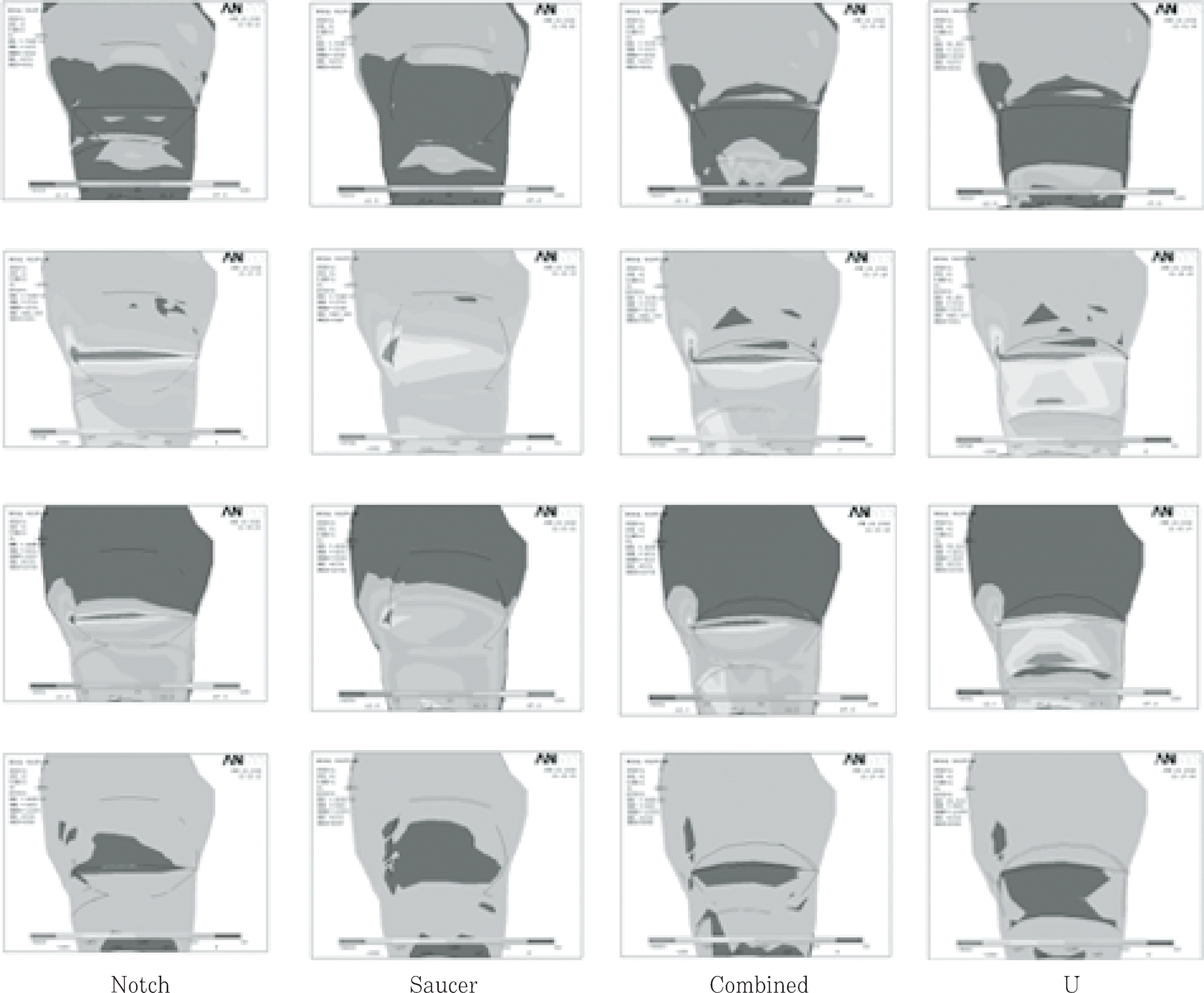
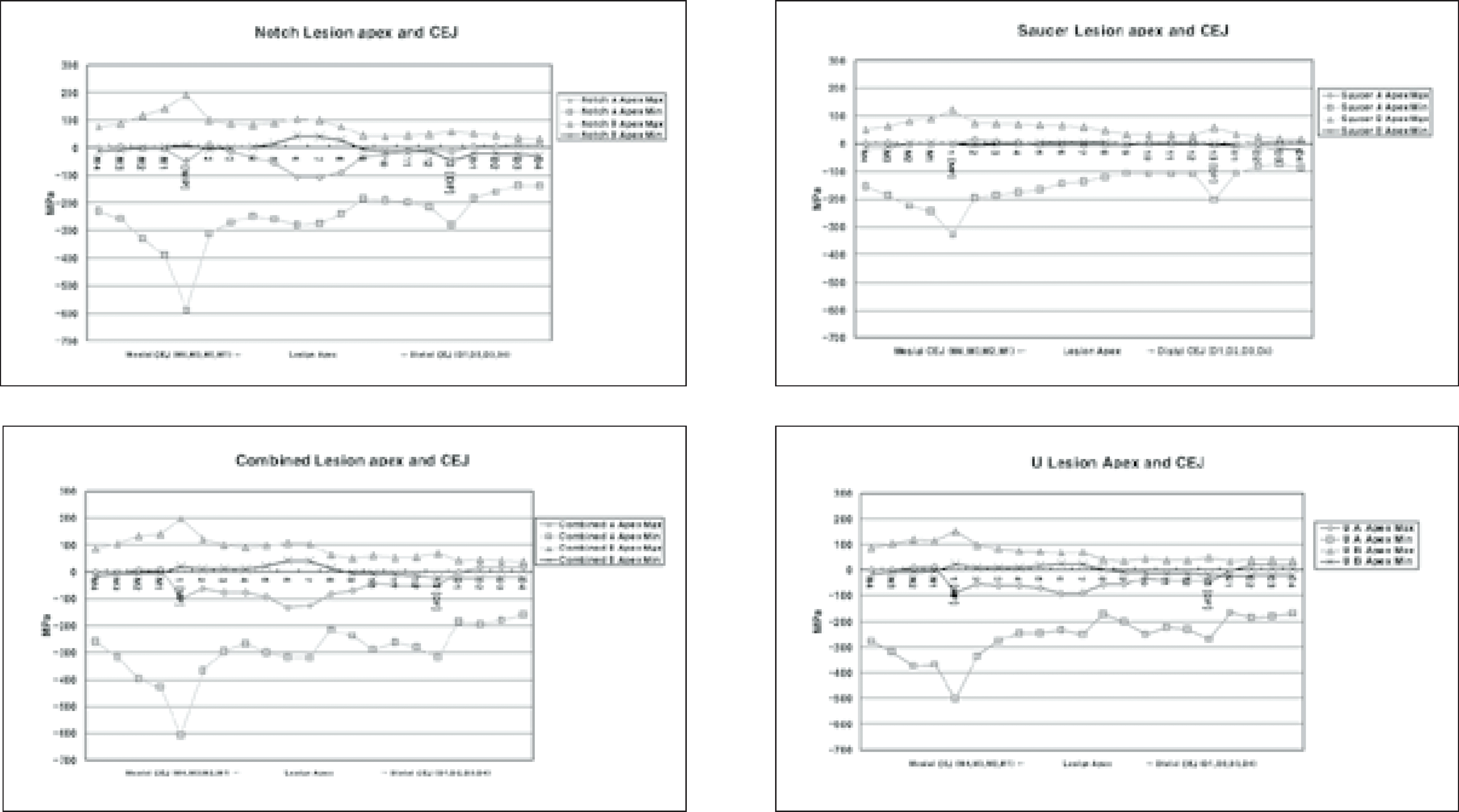
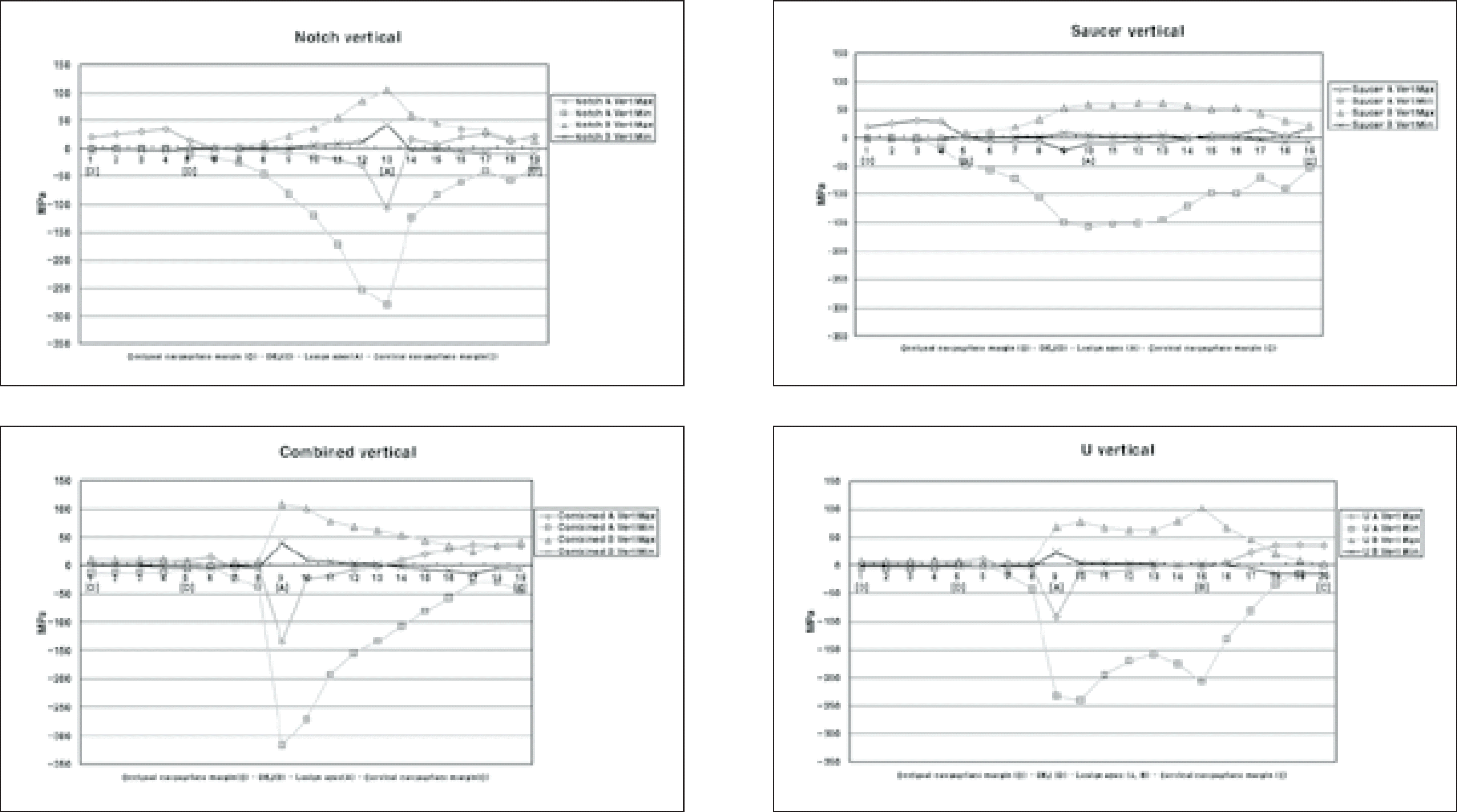




 PDF
PDF ePub
ePub Citation
Citation Print
Print


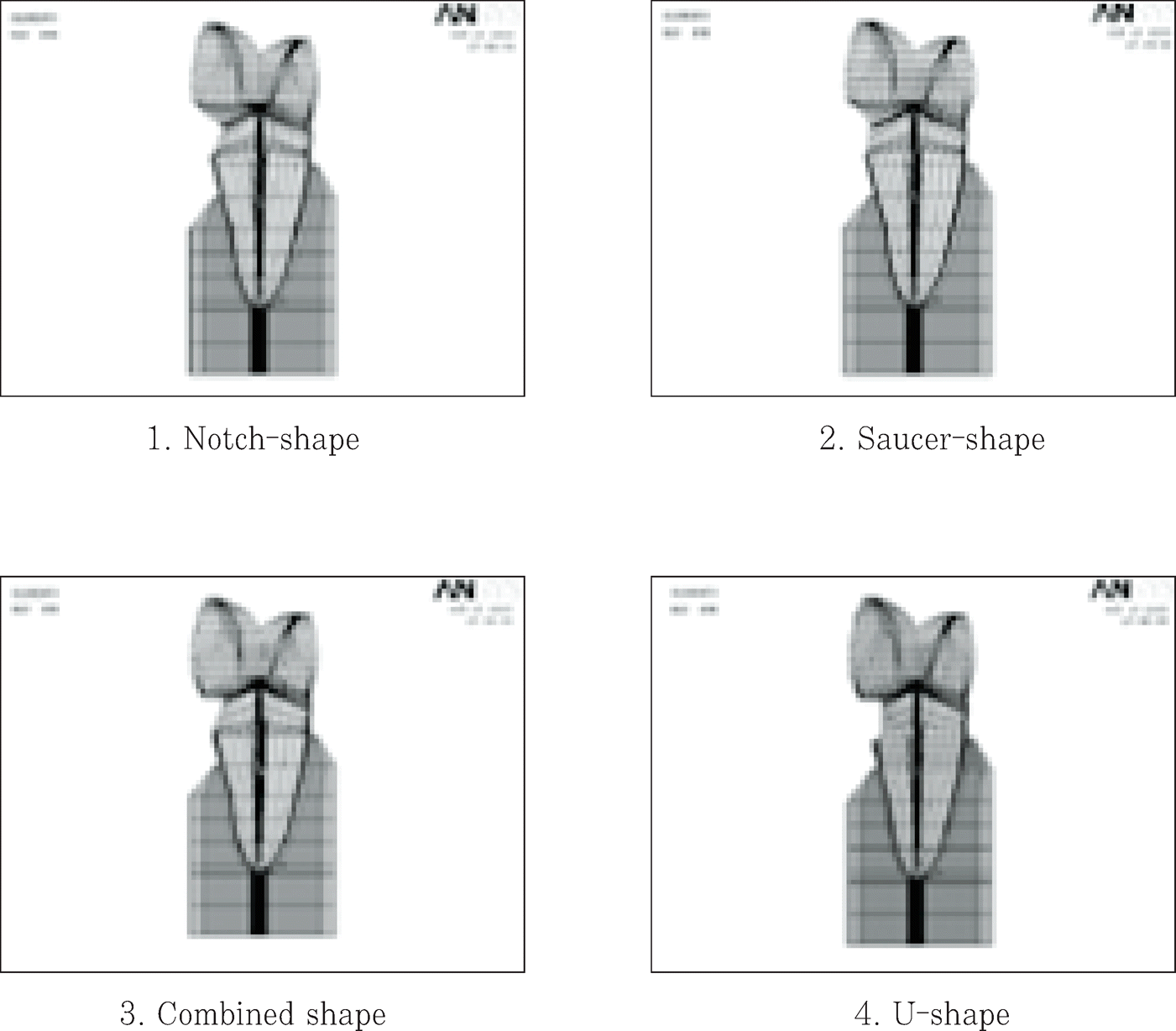
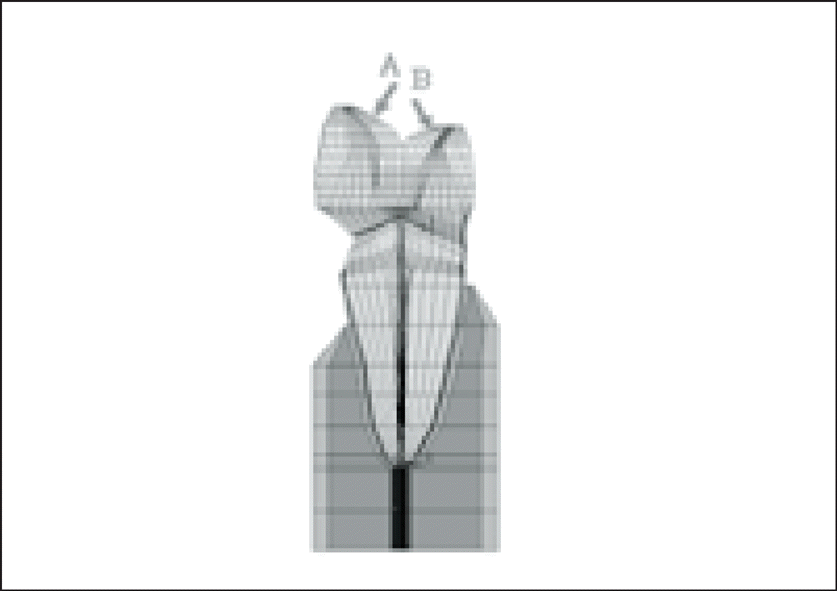
 XML Download
XML Download